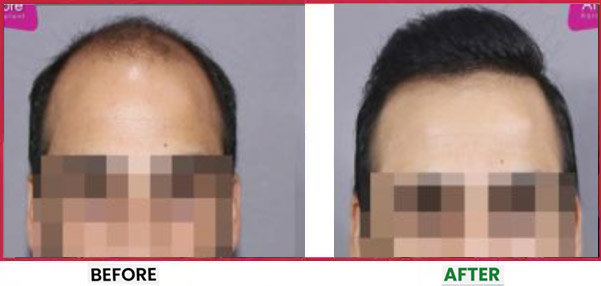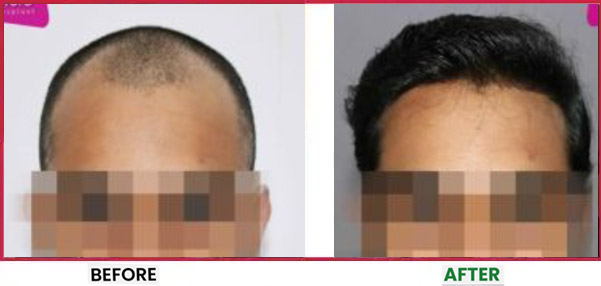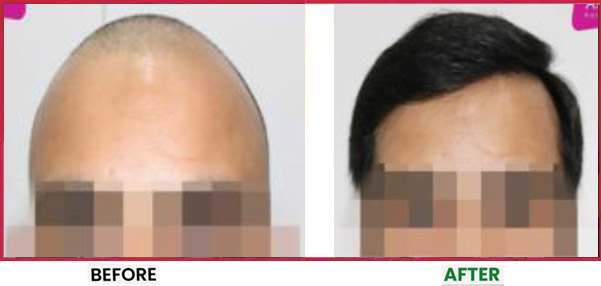Treatments
Contact Us
- 1ST FLOOR, FORUM BUILDING, RAGHUVANSHI MILLS COMPOUND, LOWER PAREL, MUMBAI 13.
- 02248253545
- +917240012002
- +917240013002
- hello@skuccii.com
we are open 7 days a week
10:00 AM TO 7:00 PM
What is FUE Hair Transplant?
Follicular Unit Extraction (FUE) is a hair restoration technique where individual hair follicles are extracted from a donor area—typically the back or sides of the scalp—and transplanted to areas experiencing hair loss. Unlike traditional methods that remove a strip of scalp, FUE involves harvesting follicles one by one, resulting in less noticeable scarring and a quicker recovery time.
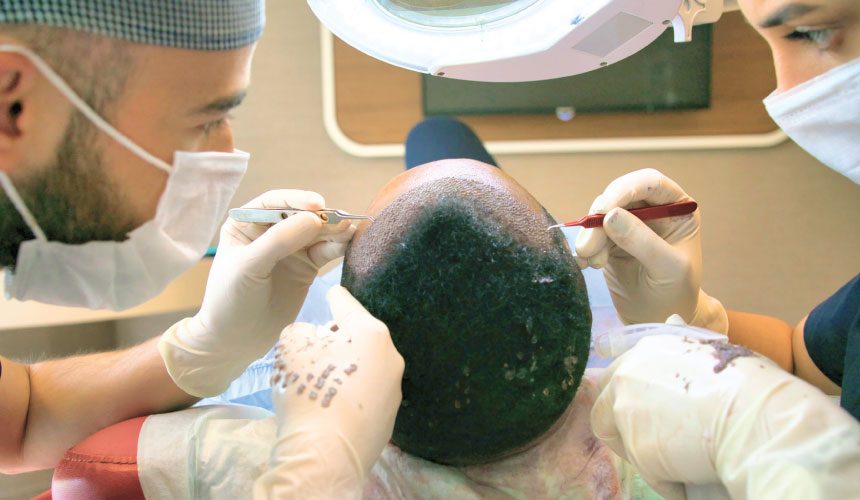
How FUE Works (Procedure)
The FUE procedure involves several key steps:
- Donor Area Preparation: The donor area is trimmed to facilitate access to hair follicles.
- Anaesthesia: Local anaesthesia is administered to numb both the donor and recipient areas.
- Follicle Extraction: Using a specialized micro-punch tool, individual hair follicles are carefully extracted from the donor area.
- Graft Preparation: The extracted follicles are examined and prepared for transplantation.
- Recipient Site Creation: Tiny incisions are made in the recipient area, considering the natural hair growth pattern.
- Follicle Implantation: Prepared follicles are implanted into the incisions, ensuring proper alignment and density.
The entire process is meticulous and can take several hours, depending on the number of grafts required.
Factors to Consider for FUE
Before opting for an FUE hair transplant, consider the following:
- Donor Hair Availability: Adequate healthy hair in the donor area is essential.
- Hair Loss Pattern: FUE is most effective for certain types of hair loss; a consultation can determine suitability.
- Overall Health: Good general health can influence healing and hair growth outcomes.
- Realistic Expectations: Understanding the potential results and limitations is crucial for satisfaction.
Targeted Areas for FUE Hair Transplant Treatment
FUE is versatile and can address hair loss in various areas:
- Scalp: Restoring hair on the crown, temples, and hairline.
- Beard: Enhancing beard density or filling in patchy areas.
- Eyebrows: Reconstructing or thickening eyebrows for aesthetic purposes.
Body Hair: In some cases, body hair can be used for transplantation to the scalp.
What to Expect After a FUE Hair Transplant
FUE hair graft Post-procedure, patients can anticipate the following:
- Initial Healing: Minor swelling, redness, and scabbing in both donor and recipient areas, typically resolving within a week.
- Shedding Phase: Transplanted hairs may shed within the first month—a normal part of the process.
- Hair Regrowth: New hair growth usually begins around three to four months post-transplant, with noticeable improvement over the next several months.
- Full Results: Final outcomes are generally visible within 9 to 12 months.
Adhering to post-operative care instructions is vital for optimal results.
Side Effects of FUE Hair Transplant
While FUE is generally safe, some potential side effects include swelling, slight infection, dot-like scars and some discomfort.
Consulting with a qualified hair restoration specialist can help mitigate risks and ensure a successful outcome.
Advantages of FUE
FUE offers several benefits over traditional hair transplant methods:
- Minimally Invasive: No stitches or linear scars, allowing for a faster and more comfortable recovery.
- Natural Results: Individual follicle transplantation ensures a natural hair growth pattern.
- Versatility: Suitable for various areas, including scalp, beard, and eyebrows.
- Reduced Downtime: Most patients can resume normal activities within a few days.
- Lower Risk of Complications: The procedure has a high success rate with minimal side effects when performed by experienced professionals.
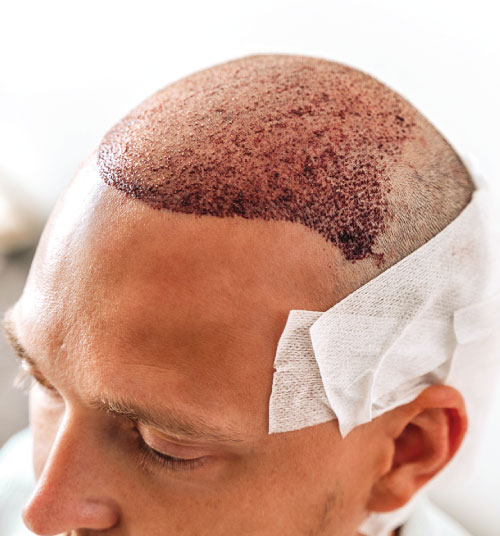
Who Should Consider FUE Hair Transplant?
If you’re on the lookout for FUE options nearby and want a solution that’s less invasive and leaves no scars, FUE hair could be just what you need. It’s ideal for folks experiencing early to moderate hair loss or those who like shorter hairstyles and a faster recovery time. Thanks to innovations in fue hair implants and fue hair replacements, this method is now more effective and easier to access than ever.
If you’re considering an FUE hair transplant, it’s essential to consult with experienced professionals to assess your suitability and discuss potential outcomes. A thorough evaluation will help determine the best approach to achieve your hair restoration goals.
Frequently Asked Questions (FAQs)
FUE stands for Follicular Unit Extraction, a minimally invasive hair transplant technique where individual hair follicles are extracted from a donor area (usually the back of the scalp) and transplanted to thinning or balding areas. FUE hair transplant procedures are known for natural results, minimal scarring, and faster recovery compared to traditional methods.
The cost of 3,000 grafts in India for a FUE hair transplant depends on several factors, including the clinic’s reputation, location, surgeon expertise, and whether advanced techniques or technologies are used. Since FUE transplant cost pricing can vary, it’s best to consult a reputed hair transplant clinic near you to get a personalized estimate that matches your hair restoration goals.
Both FUE (Follicular Unit Extraction) and FUT (Follicular Unit Transplantation) are effective hair transplant procedures. FUE is preferred for minimal scarring and quicker recovery, especially among those who like shorter hairstyles. FUT may be better suited for patients needing a large number of grafts in one session. The choice between FUT and FUE depends on your hair loss pattern, donor area, and desired outcome.
Yes, FUE hair transplant results are generally permanent. The transplanted hair follicles are resistant to the hormone DHT, which is typically responsible for hair loss. Once the grafts take root and begin natural hair growth, the new hair behaves like your natural hair and continues to grow for a lifetime with proper post hair transplant care.
Before & Afters
